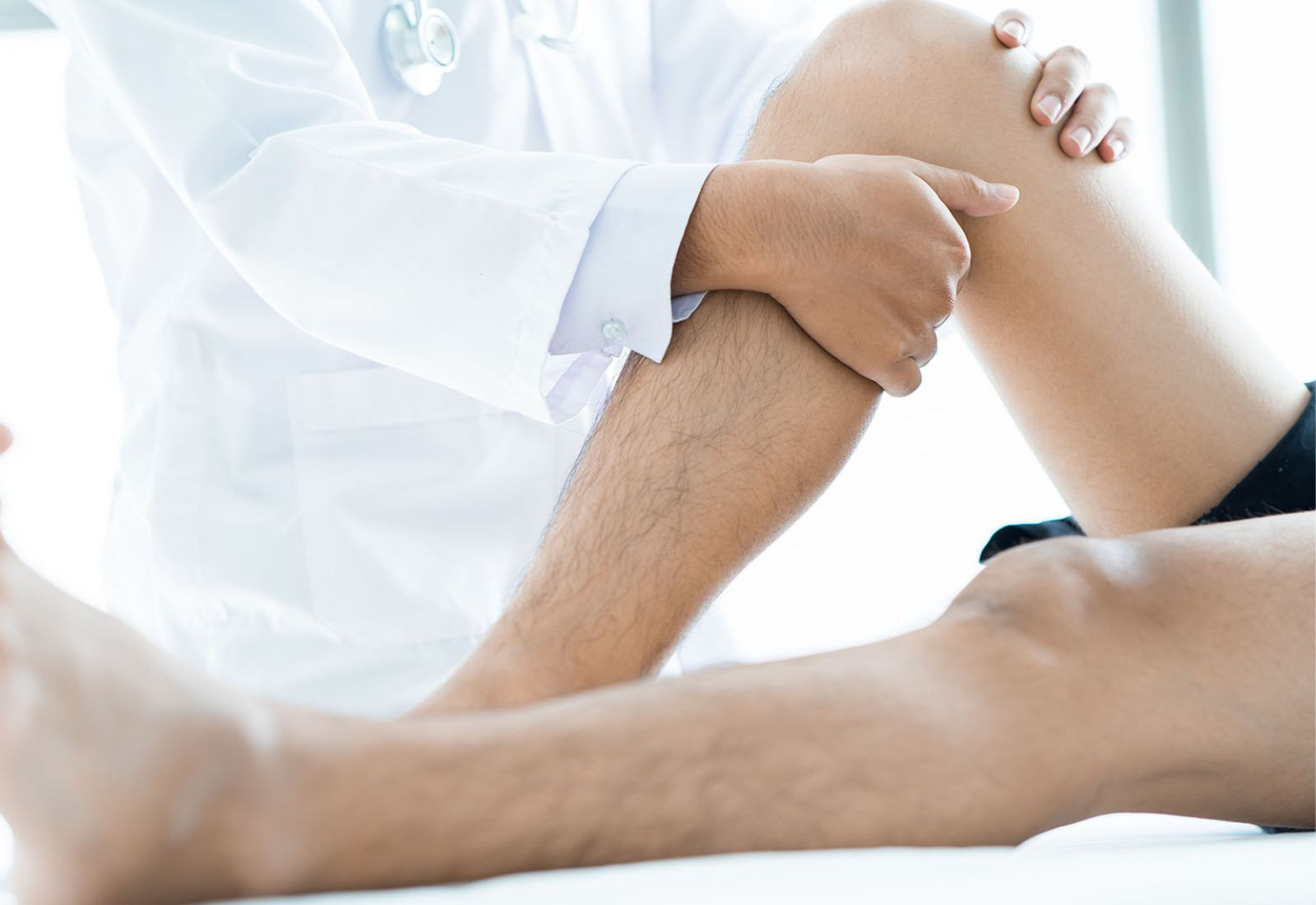Muscle weakness is a common condition in modern society that hinders daily life, affecting mobility, balance, and the ability to stand and walk. When experiencing this condition, you may feel weaker, with a noticeable loss of muscle strength. This can lead to gradual deterioration over time. The symptoms of muscle weakness differ from those of fatigue and pain.
There are many causes of muscle weakness, including injury, aging, lack of physical activity, infections, neurological disorders, muscular dystrophy, and autoimmune diseases.
Several factors can lead to muscle weakness, including:
It is normal for muscle mass to decrease and weaken with age, a condition known as sarcopenia. However, you may not notice this issue until you reach your 60s or 70s.
Sarcopenia can also accompany other health conditions, making it challenging to perform daily activities. If your doctor suspects you have sarcopenia, they may conduct tests to evaluate your ability to walk quickly.
Certain medications can weaken your muscles, such as corticosteroids like prednisone and statins, which lower cholesterol. If you notice muscle weakness during or after taking medication and are unsure of the cause, consult your doctor or pharmacist to determine if it might be a side effect of a medication you are using.

Muscle weakness can also occur as a result of having the flu or a cold, along with feelings of overall weakness. The symptoms may last for several weeks and typically resolve as you regain your strength. Certain viruses can invade the body and cause muscle weakness, which is less likely to happen if you are in good health.
Symptoms of COVID-19 include fever, cough, fatigue, and they are similar to those of the flu. However, COVID can also cause symptoms in other parts of the body, including muscle weakness. In severe cases of COVID or any illness that requires prolonged bed rest, muscle strength can diminish. In such cases, physical therapy and rehabilitation exercises can help you regain your strength.
Consider whether you have lifted heavy objects or if your job involves repetitive movements. If so, the cause of muscle weakness may be due to a strain or muscle tear. If the condition is not severe, you can apply the RICE method at home to help the injury heal: Rest, Ice, Compress, Elevate.
Consult a doctor if the injury worsens. Stretching and regular exercise can help keep your muscles healthy and prevent future injuries.
Muscle weakness can also be a serious sign of multiple sclerosis. This condition involves the immune system attacking the protective sheath around nerve fibers, disrupting communication between the brain and other parts of the body.
The signs and symptoms of multiple sclerosis vary from person to person and may include sensations of numbness or weakness in one or both legs.
Sudden muscle weakness can indicate a stroke. In most cases related to strokes, the weakness affects one side of the body rather than both. Along with muscle weakness, you may also experience dizziness, blurred vision, difficulty walking, speaking, or headaches.
Several other health conditions can contribute to muscle weakness, such as:
Recognizing the signs of muscle weakness can help you identify symptoms early, allowing for timely prevention and treatment measures:
A sedentary lifestyle can lead to muscle atrophy, making muscles weak over time. The muscles in your back may no longer adequately support ligaments and the spine, causing fatigue while standing and increasing the risk of injury.
According to the American Council on Exercise, exercises like planks can help manage back pain by effectively engaging core muscles without requiring excessive movement, which strengthens the abdominal muscles and stabilizes the spine. To perform planks correctly, start in a prone position, then prop yourself up on your forearms at a right angle to your shoulders and lift your body, keeping your back, hips, and neck in a straight line for about 30 seconds. Return to the starting position and repeat 3-5 times.
Fatigue is also a sign of muscle weakness that you should pay attention to. A common cause of fatigue is a lack of exercise. According to University Health, individuals who engage infrequently in physical activities tend to experience a decline in muscle mass and may also suffer cardiovascular issues, leading to feelings of depression. Numerous studies indicate that regular physical activity not only fosters positive emotions but also helps prevent fatigue and illnesses while keeping muscles toned.
Aim to exercise for 30 minutes each day at a moderate intensity and include strength training exercises at least twice a week. You can combine weightlifting with cardio activities like running, cycling, and swimming.
Frequent cramps are also a sign of muscle weakness that you need to be aware of. This phenomenon occurs in the calves, feet, and other areas, resulting in sudden pain and discomfort. The underlying reason may be that muscles, designed for movement, become weak due to inactivity, making it difficult for individuals to engage in prolonged physical activity, which can lead to cramps.
To prevent cramps, perform some stretching exercises before bed to avoid leg cramps. Additionally, engage in daily activities like walking or cycling to promote movement.

Muscle atrophy is a clear sign of muscle weakness. This phenomenon leads to a reduction in the size and strength of muscles. Common symptoms include a decrease in muscle mass, tingling sensations, and numbness in the limbs.
Individuals who are inactive for an extended period may find it difficult for their muscles to remain toned and firm. Additionally, they may experience fatigue more easily than when their muscles are healthy. To address this, it's important to engage in regular exercise and maintain a healthy diet.
I hope the information in this article has helped you understand the causes and signs of muscle weakness, enabling you to implement effective prevention and treatment strategies. If you notice any unusual symptoms, you should visit a medical facility for evaluation and treatment.
References: Patient.info, Webmd.com
11
Useful article?
Useful article?
11
Useful article?